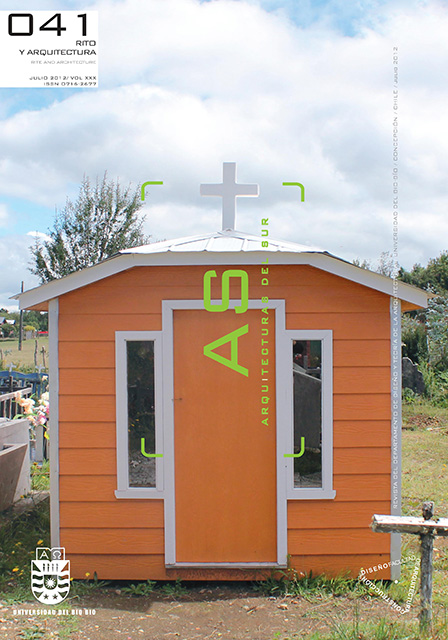The celebration of HanalPixán in southeastern Mexico. Spatial and symbolic transformations in a daily life environment: Mayan vernacular housing
Keywords:
Vernacular architecture, Yucatan, spatial transformation, day of the dead, rural environmentAbstract
The aim of this document is to understand the spatial transformation of the everyday sphere, based on certain socio-cultural preconceptions and conditions. The physical changes and symbolic transmutations in the interior space of the Mayan vernacular house is analysed as well as the constant gradual changes occurring on his land and in the wider rural environment. This work was developed in the state of Yucatan, Mexico, during the days set apart to celebrated the dead, a time when, according to local tradition, the souls of the deceased return to visit the earth.
The transformations in the spaces, dynamics of use and processes of appropriation and assignment of meaning, as well as people’s behavior and social roles observed over those days, are presented as inversely proportional to their corresponding physical dimensions, frequency of use and social representation in the community.
Downloads
Downloads
Published
How to Cite
Issue
Section
License
The content of the articles published in each issue of Arquitecturas del Sur is the sole responsibility of the authors and does not necessarily represent the opinion of University of the Bío-Bío.
The authors will maintain their copyright; however, they will guarantee the journal the right to first publication and dissemination of their work. The publication of the article in Arquitecturas del Sur will be subject to the Creative Commons International license (CC BY-SA) that allows others to adapt: remix, transform and build on the material for any purpose, even commercially; share: copy and redistribute the material in any medium or format, as long as the authorship and first publication in this journal are acknowledged by citing them correctly, and their new contributions are under a license with the same terms.














 Programa de Información Científica/Concurso Fondos de Publicación de Revistas Científicas 2018/ Proyecto Mejoramiento de Visibilidad de Revistas UBB (Código:FP180007)
Programa de Información Científica/Concurso Fondos de Publicación de Revistas Científicas 2018/ Proyecto Mejoramiento de Visibilidad de Revistas UBB (Código:FP180007) 
